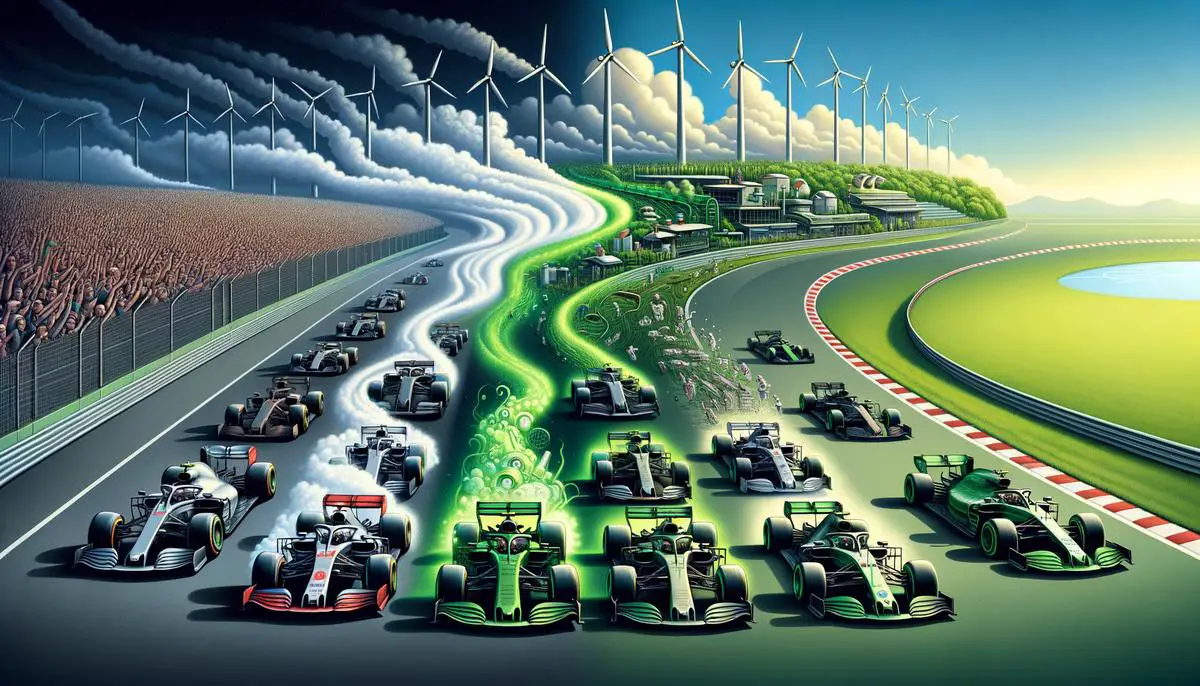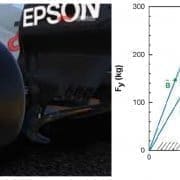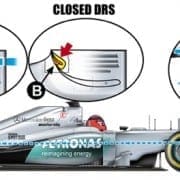F1 2026 Regulations: A Leap Towards Greener Racing
F1 2026 Regulations: A Leap Towards Greener Racing
Introduction
Formula 1, the pinnacle of motorsport, is on a transformative journey towards sustainability. The upcoming F1 2026 regulations spotlight a groundbreaking shift towards eco-friendly racing, marrying high-octane excitement with environmental responsibility. This article explores the intricacies of these regulations, focusing on power units and sustainability initiatives, and how they aim to redefine the sport’s legacy.
F1 2026 Regulations
The 2026 season will introduce power units that encapsulate the essence of innovation and environmental stewardship. These units are designed to deliver thrilling performances without sidelining sustainability. The Federation Internationale de l’Automobile (FIA) has charted a course towards greener racing, emphasizing the integration of electrical energy and the adoption of synthetic fuels.

Sustainability Initiatives
At the core of F1’s green revolution is the evolution of power units to incorporate 100% sustainable fuel and enhanced electrical systems. This leap forwards not only aligns with global environmental goals but also serves as a beacon for the automotive industry, demonstrating that speed and sustainability can coexist.
Electrical Energy Integration
The upcoming regulations will increase the reliance on electrical energy, transforming the Energy Recovery System (ERS) into a cornerstone of the car’s performance. Advances in battery technology will enable more efficient energy storage and transfer, crucial for the demanding pace of F1 races.
Combustion Engine Evolution
Despite a stronger focus on electric power, the combustion engine remains a vital component, evolving to run on sustainable fuels. This shift represents a significant stride towards reducing F1’s carbon footprint, ensuring the sport continues to thrive without compromising its environmental commitments.
Aerodynamics and Efficiency
Efficiency takes center stage in the new aerodynamic designs, aiming to maintain high-speed excitement while reducing energy consumption. Teams are tasked with innovating within these parameters, crafting cars that embody the new sustainable ethos of F1.

Greenhouse Gas Emission Reduction
The 2026 regulations extend beyond the track, targeting a comprehensive reduction in greenhouse gas emissions across all F1 operations. This holistic approach underscores the sport’s commitment to a sustainable future, covering everything from logistics to team operations.
Conclusion
The F1 2026 regulations represent more than just a rule change; they signify a new era for the sport. By embracing sustainability, F1 is not only securing its future but also setting a precedent for the automotive industry and beyond. As the green flag waves for a new chapter, F1 stands at the forefront of the race towards a greener, more thrilling future.
FAQs on F1 2026 Power Unit and Sustainability Initiatives
- What are the main goals of the F1 2026 regulations?
- How will the new power units differ from the current ones?
- What role do synthetic fuels play in F1’s sustainability efforts?
- How does the increased use of electrical energy impact car performance?
- What are the challenges teams face in adapting to the new regulations?
- How does F1’s approach to sustainability influence the broader automotive industry?








![Best place to buy F1 tickets | F1 ticket at cheap price [2024] best-place-to-buy-f1-tickets](https://b3469057.smushcdn.com/3469057/wp-content/uploads/2024/01/best-place-to-buy-f1-tickets-80x80.webp?lossy=2&strip=1&webp=1)
